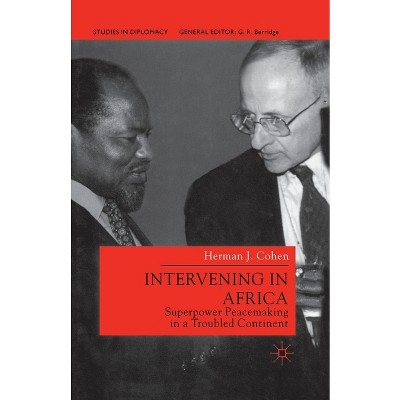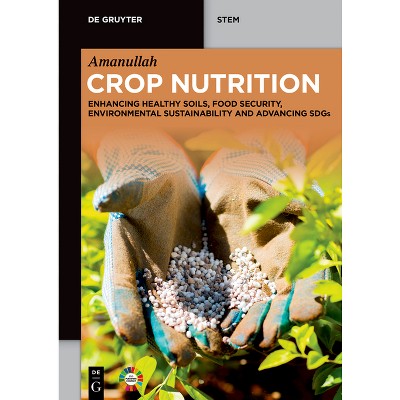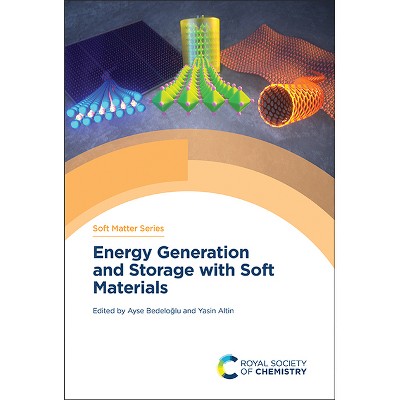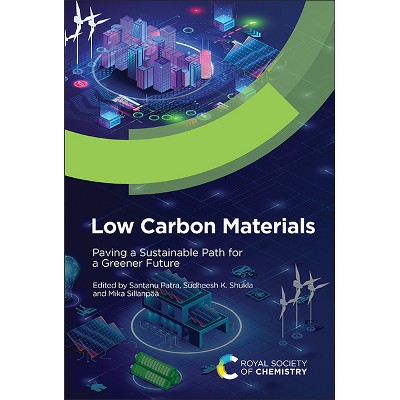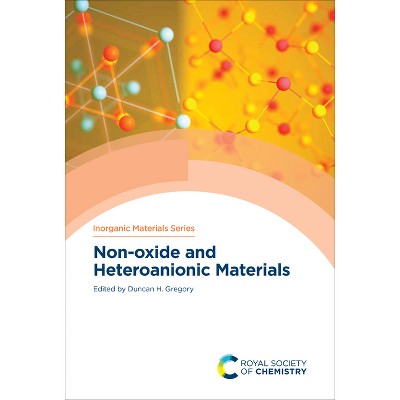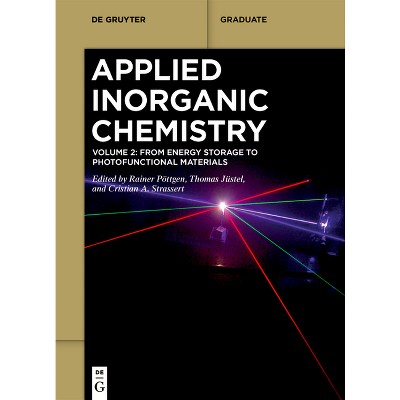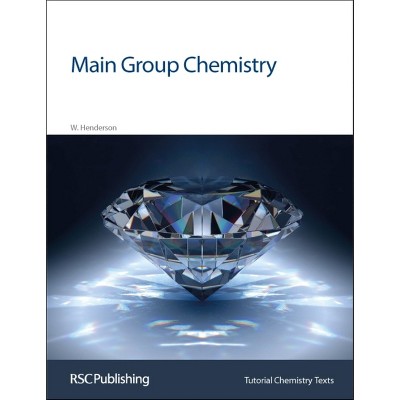Sponsored

Photofunctional Materials - by Paul A Scattergood (Hardcover)
Pre-order
Sponsored
About this item
Highlights
- Photoactive coordination complexes of the transition metal elements have long been of interest, with the last few decades seeing a wealth of studies dedicated to their photophysical properties and excited state behaviour.
- About the Author: Paul Scattergood is a synthetic inorganic chemist with a strong interest in the study of photoactive coordination complexes.
- 294 Pages
- Science, Chemistry
Description
About the Book
Explores the design and photophysical properties of light-activated functional materials derived from transition-metal elements, and their current and future development.
Book Synopsis
Photoactive coordination complexes of the transition metal elements have long been of interest, with the last few decades seeing a wealth of studies dedicated to their photophysical properties and excited state behaviour. Light-driven applications for these materials are now being realised, such as light-emitting devices, biological imaging probes, and novel chemotherapy agents.
This book focusses on the methods of study and applications of photoactive coordination complexes of the d-block elements. The reader will be introduced to the initial design and fundamental photophysical properties of these molecules, before learning how these molecules have been adapted, developed and utilised within a variety of real-world devices, materials and applications. This book will also provide the reader with a clear vision for the future and the remaining challenges that lie ahead in the further development of light-activated functional materials.
About the Author
Paul Scattergood is a synthetic inorganic chemist with a strong interest in the study of photoactive coordination complexes. Paul attained his PhD from the University of Sheffield in 2014 under the supervision of Prof Julia Weinstein, studying photo-induced electron transfer processes in complexes of Pt(II). He then moved to undertake Post-Doctoral studies with Prof. Paul Elliott at the University of Huddersfield, exploring photoactive complexes of Ru(II), Ir(III) and Os(II) and their role as biological probes and within light-emitting systems. Paul moved to an independent Research Fellow position in 2018 and now leads a research programme developing photoactive coordination complexes of the Earth-abundant first row transition metal elements.
Shipping details
Return details
Frequently bought together

Trending Non-Fiction








